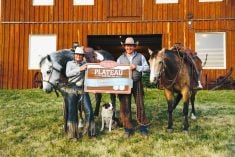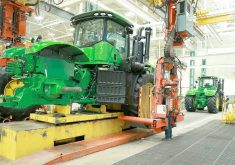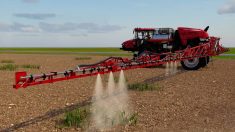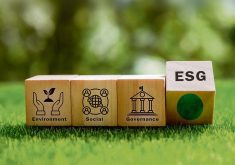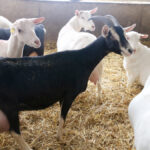Henry Janzen, a research scientist with Agriculture and Agri-Food Canada’s Lethbridge research station, is a master at disconcertion – the art of needling those with entrenched views without making them prickly.
At the invitation of the National Centre for Livestock and the Environment in Winnipeg, Janzen recently took his audience through an hour-long discussion of whether livestock are a help or a hindrance in renewing the Earth.
“I ponder that question, not because I know the answer, but mostly because I believe it is a question worth asking,” he began.
Read Also

Guarding against misinformation: Do you believe in house hippos?
Misinformation and disinformation run rampant in today’s digital age. Farmers must be wary of the digital dangers and know how to keep themselves safe.
There is a growing chorus of voices that say the livestock industry is a scourge on the environment, a major contributor to greenhouse gases, and unjust treatment of animals.
There are others who see livestock as a major economic driver, a key component of feeding a world that is hungry for meat protein and a necessary fixture in a healthy environment because of its role in recycling nutrients.
Janzen sees the relationship between humans and livestock as a symbiotic one that has endured for thousands of years. He calls it an “ancient contract” that has traditionally been of mutual benefit to both parties as well as the land.
That said, he openly wonders whether the relationship has taken a wrong turn in recent times as the livestock industry has intensified and severed its links to the land.
“The place of livestock is best examined from the vantage of land,” he says. “Livestock’s highest merit, its strongest justification, is its value in preserving and stewarding the land.”
With 80 per cent of the world’s energy currently derived from fossil energy, our food production systems are heavily dependent on what amounts to a subsidy from the past. “We are more and more dependent on fossilized sunshine,” he notes.
Modern practices are also distorting the nitrogen and phosphorus equilibrium. For example, studies have found that two-thirds of the nitrogen contained in the feed in a typical feedlot is lost to the atmosphere as ammonia gas.
Meanwhile, 80 per cent of the nitrogen consumed by grazing stock is returned to the ground in the form of manure.
Janzen also delves into an area where most scientists fear to tread: the esthetic and social benefits that accrue from humans’ relationship with animals. “They are not just meat and milk, and they are not just money. Our animals give us more,” he says.
Janzen says both researchers and economic evaluators must move away from so-called linear thinking towards a holistic approach. “How do we better study whole systems?” he asks.
What trade-offs is society prepared to make? “Does the CO2 emitted driving to a golf course rank the same as a tonne of CO2 emitted by a grazing cow? It’s not a scientific question.”
Janzen said livestock proponents must find better ways of telling their story, but they must do more than that. They need to engage in a two-way conversation, which involves listening as well as talking.
And he’s not just talking about listening to people. “We have to listen patiently to what the land is telling us.”




